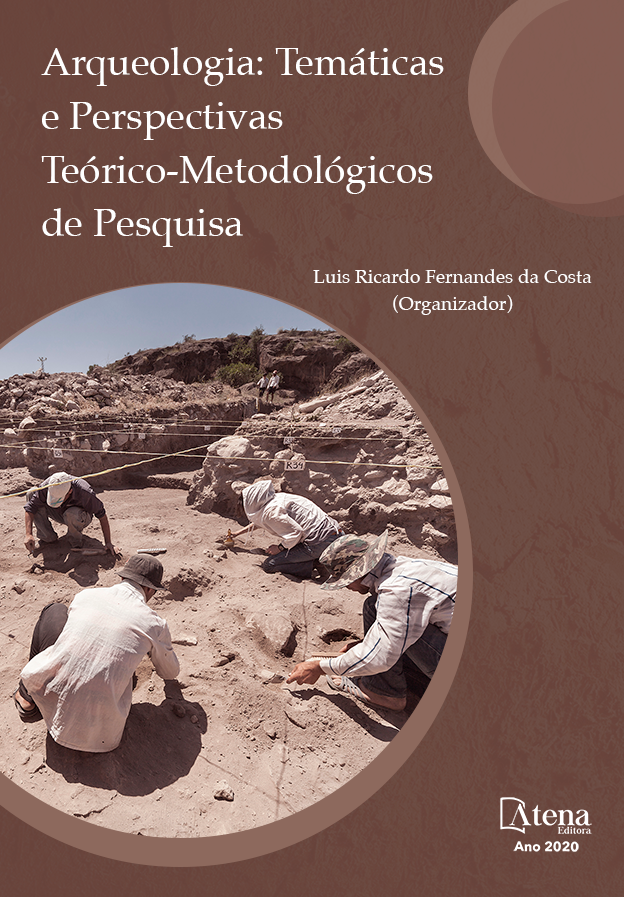
LOS TEXTILES DE LA COSTA DEL DESIERTO DE ATACAMA: ESTILO, FUNCION Y CIRCULACIÓN (500 CAL. AC-700 DC)
Se analizan textiles de cementerios en la desembocadura del Río Loa, norte de Chile, pertenecientes a cazadores-recolectores marinos del período Formativo (500 AC a 700 DC). Los textiles, mayormente de origen no local, integran ajuares funerarios de ergología costera junto a objetos de manufactura foránea de diversas proveniencias regionales. Se propone que los textiles no locales fueron producidos y/o puestos en circulación por sociedades agro-pastoriles Formativas del interior de Tarapacá y del desierto de Atacama, obtenidos por intercambio de productos marinos excedentarios. Paulatinamente, estos textiles fueron incorporados a la identidad cultural de las comunidades costeras, prefiriendo consumirlos más que producirlos. Se plantean posibles formas de interacción interregional que explican la presencia de estos textiles únicos y de procedencia lejana, como Tiwanaku y las consecuencias que estas interacciones trajeron al modo de vida cazador-recolector marino.
LOS TEXTILES DE LA COSTA DEL DESIERTO DE ATACAMA: ESTILO, FUNCION Y CIRCULACIÓN (500 CAL. AC-700 DC)
-
DOI: 10.22533/at.ed.9832025113
-
Palavras-chave: Textiles; Cazadores-Recolectores Marinos; Costa del Desierto de Atacama; Intercambio; Período Formativo del Norte de Chile
-
Keywords: Textiles; Marine hunter-gatherers; Atacama Desert coast; Exchange; Northern Chile Formative Period
-
Abstract:
Cemetery textiles at the mouth of the Loa River, northern Chile, belonging to marine hunter-gatherers of the Formative period (500 BC to AD 700) are analyzed. The textiles, mostly of non-local origin, make up funerary garments of coastal ergology together with objects of foreign manufacture from various regional origins. It is proposed that non-local textiles were produced and / or put into circulation by Formative agro-pastoralist societies of the interior of Tarapacá and the Atacama Desert regions, obtained by exchanging surplus marine products. Gradually, these textiles were incorporated into the cultural identity of the coastal communities, preferring to consume them rather than produce its. Possible forms of interregional interaction are proposed that explain the presence of these unique textiles of distant origin, such as Tiwanaku, and the consequences that these interactions brought to the marine hunter-gatherer way of life
-
Número de páginas: 21
- Carole Sinclaire Aguirre


